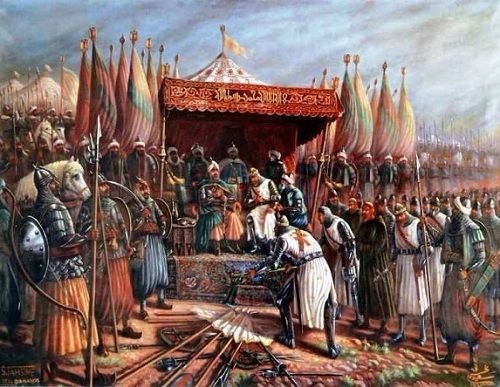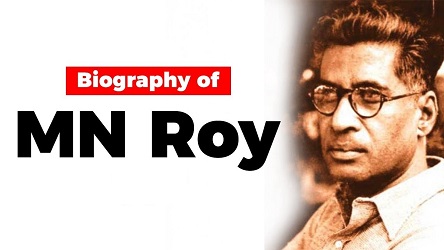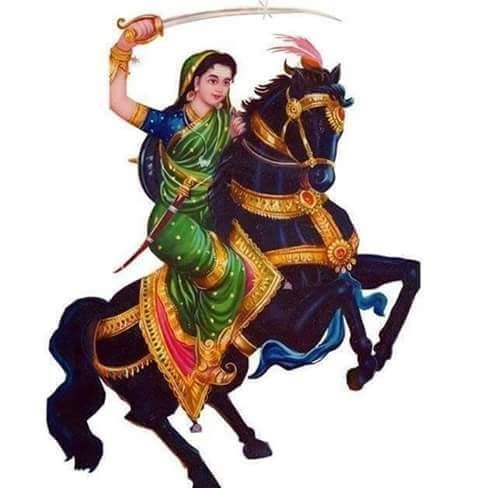1. Introduction to Alauddin Khilji:
- Overview of Alauddin Khilji’s significance in Indian history.
- Mention of his reign as a period of significant military conquests and administrative reforms.
- Duration of his rule: Approx. 1296-1316 CE.
2. Early Life and Rise to Power:
- Background information on Alauddin Khilji’s origins and family lineage.
- Mention of his ascent to the throne following the assassination of his uncle and predecessor, Jalaluddin Khilji, in 1296.
- Assertive leadership and consolidation of power in the Delhi Sultanate.
3. Military Campaigns and Conquests:
- Expansionist policies aimed at extending the territorial reach of the Delhi Sultanate.
- Series of successful military campaigns to subjugate neighboring kingdoms and consolidate control over northern India.
- Mention of conquered territories and regions, including:
- Southern India: Devagiri (modern-day Daulatabad) and Warangal.
- Gujarat, Rajasthan, and parts of Punjab.
- Utilization of innovative military strategies and tactics to overcome formidable opponents.
4. Administrative Reforms and Governance:
- Introduction of administrative reforms to centralize power and strengthen the Delhi Sultanate:
- Establishment of a robust espionage network (diwan-i-riyasat) to monitor governance and prevent dissent.
- Economic reforms, including land revenue reforms (dagh and chehra) to increase state revenue.
- Price control measures (market regulation) to ensure social stability and prevent inflation.
- Introduction of a market control system (shiqdar and muqaddams) to regulate trade and commerce.
- Efforts to streamline administration and maintain law and order.
5. Economic Policies and Taxation:
- Implementation of economic policies to support the state treasury and fund military campaigns:
- Tax reforms, including the introduction of the infamous “Khalisa” system.
- Heavy taxation on agricultural produce, particularly in newly conquered territories.
- Imposition of stringent measures to prevent tax evasion and ensure compliance.
6. Market Regulations and Price Control:
- Establishment of market regulations and price control mechanisms to stabilize the economy:
- Fixed prices for essential commodities, including food grains, cloth, and livestock.
- Establishment of government-controlled markets (diwan-i-am and diwan-i-khas) to monitor trade activities.
- Prohibition of hoarding and black marketing, with severe penalties for violators.
7. Foreign Relations and Military Strategy:
- Diplomatic engagements with neighboring kingdoms and foreign powers:
- Formulation of alliances and treaties to safeguard the interests of the Delhi Sultanate.
- Deployment of diplomatic envoys to maintain diplomatic ties and negotiate favorable terms.
- Military strategy:
- Utilization of espionage and intelligence-gathering to assess the strength of adversaries.
- Mobilization of a well-trained and disciplined army to launch offensive campaigns.
- Siege warfare and tactics to capture fortified cities and strongholds.
8. Construction Projects and Architectural Legacy:
- Patronage of architecture and construction projects during Alauddin Khilji’s reign:
- Fortifications and citadels to strengthen defensive capabilities, such as the Alai Darwaza and Siri Fort in Delhi.
- Expansion and renovation of existing structures, including mosques, palaces, and public buildings.
- Emphasis on Indo-Islamic architectural elements, including intricate carvings, domes, and minarets.
9. Cultural and Religious Policies:
- Alauddin Khilji’s approach to religious tolerance and cultural diversity:
- Respect for the diversity of religious practices within the Delhi Sultanate.
- Support for the patronage of art, literature, and scholarship, fostering a vibrant cultural milieu.
- Promotion of Persian and Arabic literature, including translations and adaptations of classical texts.
10. Legacy and Impact on Indian History: – Alauddin Khilji’s legacy as a formidable ruler and administrator in Indian history. – Evaluation of his achievements and contributions to the Delhi Sultanate. – Lasting impact on the political, economic, and cultural landscape of medieval India. – Assessment of his controversial policies and their repercussions on subsequent rulers and dynasties.
11. Conclusion: – Recap of Alauddin Khilji’s reign and accomplishments. – Reflection on his significance in shaping the trajectory of Indian history. – Importance of studying his rule to understand the complexities of medieval Indian politics and governance.
This comprehensive overview provides insights into Alauddin Khilji’s life, reign, and legacy, highlighting his military conquests, administrative reforms, economic policies, and cultural patronage within the specified word limit.






